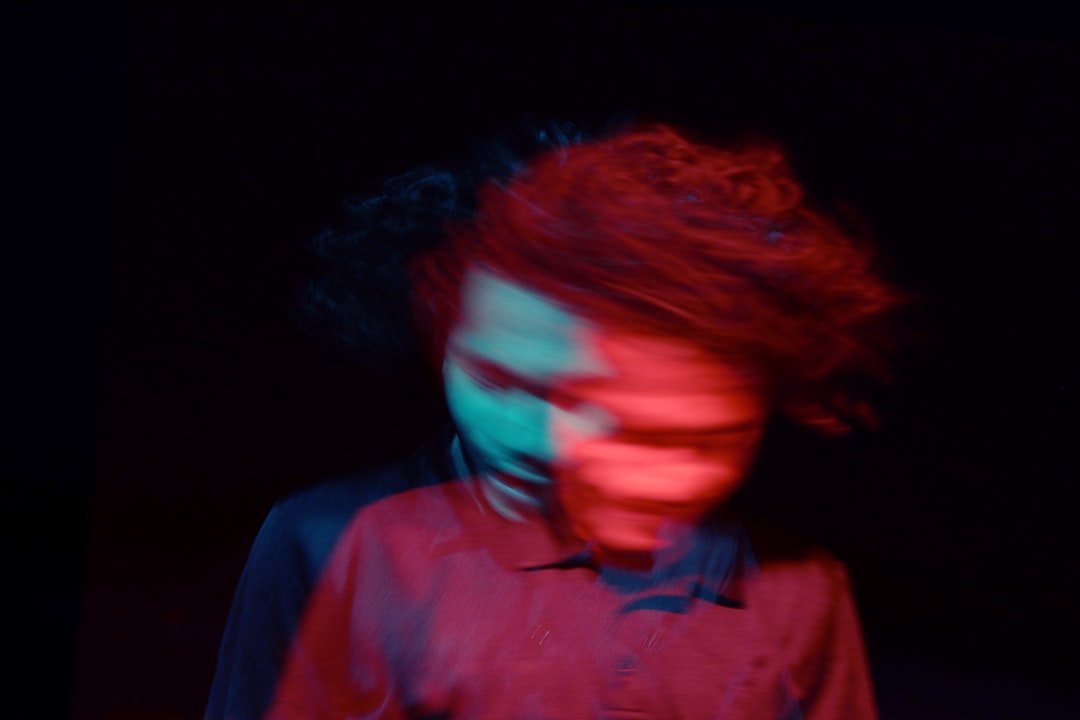What is it about?
The world around us is full of repeating patterns, and people naturally learn these patterns to help guide their behavior. For example, environmental cues can help us learn how much attention to devote from moment to moment. This is known as "learning-guided control," where our brain adjusts how focused we are based on what we have learned about the likelihood of encountering distraction. Focus is increased or decreased based on these likelihoods, and the degree of focus is known as an "attentional control setting." Our study explores how people adjust their attentional control settings based on what they have learned about environmental cues from previous tasks. We wanted to understand whether people can apply attentional control settings they learned from one task to a different, unrelated task. For example, imagine playing a video game where you need to hit a target (circle) while avoiding distractors (squares). The color of the shapes—red or green—tells you how much focus is needed. Red shapes mean higher distraction, while green shapes mean lower distraction. After learning to be more focused when you see red and less focused when you see green, seeing these colors in a new game—like a puzzle game—might make you use the same focus levels as before. In the new game, the colors do not signify different distraction levels, but you might still use the attentional control settings you learned earlier, indicating between-task transfer. Across three experiments, participants first learned to adjust their attention based on cues in one task, and then we tested whether they applied those control settings in a novel task involving the cues. The findings suggest that people transfer their learned attentional control settings to new situations when they encountered the cues again. What is more, they used these settings even when the cues were not central to the new task. This shows how automatic and flexible our attentional control settings can be.
Featured Image

Photo by ALAN DE LA CRUZ on Unsplash
Why is it important?
Our research team was the first to document this cue-driven “between-task transfer” effect, and we replicated and extended this phenomenon in this paper. This research is important because it reveals how our minds adapt and transfer learned attentional control settings across different situations. Adaptability is crucial for navigating the complex and varied challenges of everyday life. Understanding how people transfer learned attentional settings may guide development of cognitive training programs, paving the way for applied avenues. The study contributes to the broader field of cognitive science by shedding light on the underlying processes of learning and attentional control, helping us understand how our brains manage tasks efficiently.
Perspectives
This paper represents a major milestone for me personally and professionally. As one of the first projects I embarked upon during my PhD, it will always hold a special place in my heart. Writing this paper was not without its challenges, as studying the transfer of attentional control settings between tasks is quite complex. However, the nuances involved in observing transfer made the process even more rewarding.
Merve Ileri-Tayar
Washington University in Saint Louis
Read the Original
This page is a summary of: Between-task transfer of item-specific control is replicable and extends to novel conditions., Journal of Experimental Psychology Human Perception & Performance, April 2024, American Psychological Association (APA),
DOI: 10.1037/xhp0001200.
You can read the full text:
Resources
Contributors
The following have contributed to this page










